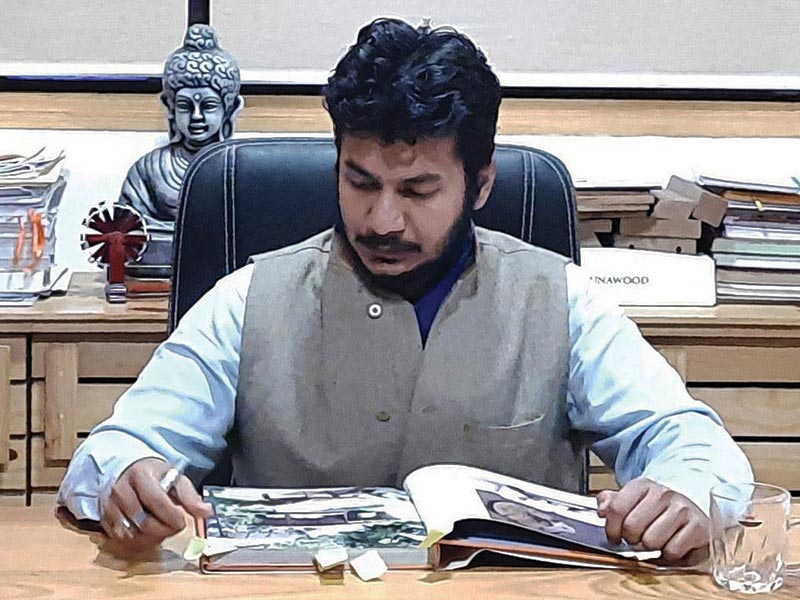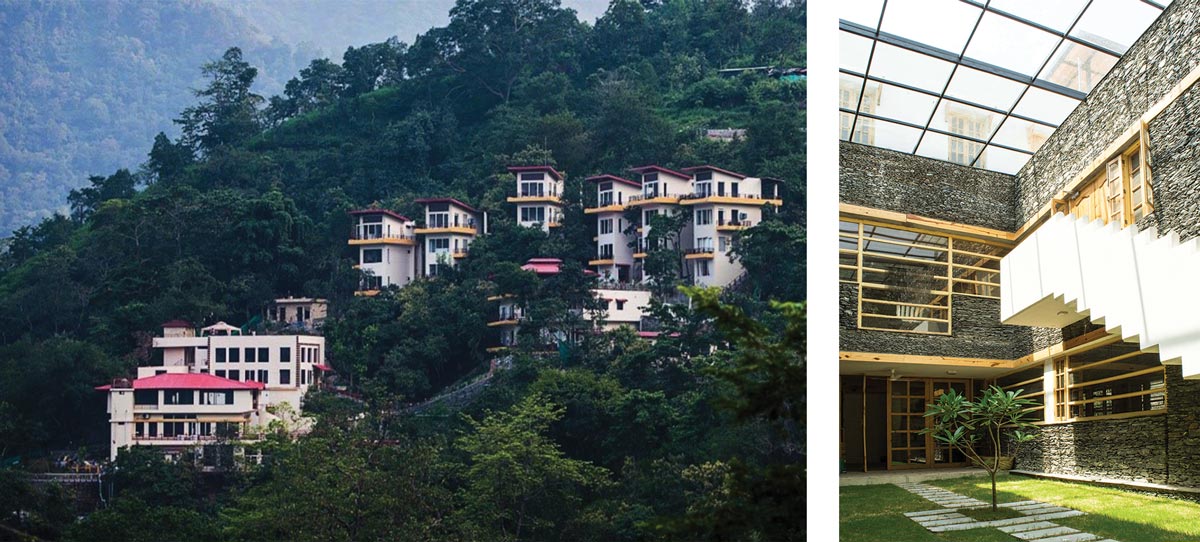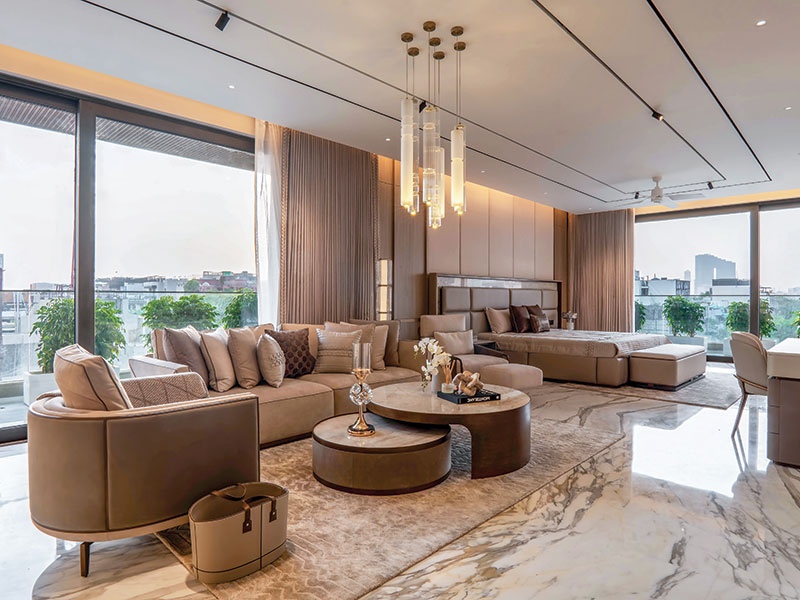
Sustainable architecture seeks to minimize the harmful impact that buildings have on the environment. Sustainably built green buildings are environmentally responsible and resource-efficient, right from location selection to the demolition after its lifecycle ends. A green building uses less energy, and other natural resources, creates less waste and greenhouse gases, and is healthy for people living or working inside as compared to a regular structure.
Building green is not about a little more efficiency; it is about creating buildings that optimize the use of local materials, local ecology, and, most importantly, building to reduce power, water and material requirements. Sustainable design reduces the negative impact on the environment and human health, thus improving the performance during a building’s life cycle. Careful consideration is given to water, energy, building materials, and solid waste. If you look at all these design parameters, you will realize that our traditional architecture has always been very ‘green’.
The strategy to design an energy-efficient building is to optimize the building envelope, minimize demand through serious conservation, and supply energy with maximum efficiency and using renewable materials, along with the site’s micro-climate, energy conservation, passive solar heating, passive cooling, natural ventilation and daylighting. Depending on the function of the building, consideration is given to efficiency in materials, mechanical systems, and operating costs in the design process.

The government should set strict guidelines and policies for sustainable development before it’s too late.
While sustainable construction has gained rapid growth worldwide in recent years, it is confronting various challenges and problems, particularly those from a management perspective. According to a report, 30 percent of sustainable construction projects experienced rework, 50 percent projects were delayed, and 90 percent required cost premiums to ensure completion.
Unfortunately, the forces of globalization have reduced implementation of Sustainable Architecture and the design philosophy with the rapid speed of urbanization taking place while the outreach of the conventional building materials has increased tremendously due to the increasing infrastructure development such as construction of wide roads, especially in the hills. There is an urgent need from the government/administration for setting strict guidelines and policies for the future growth and development before it’s too late. We cannot stay ignorant anymore.















